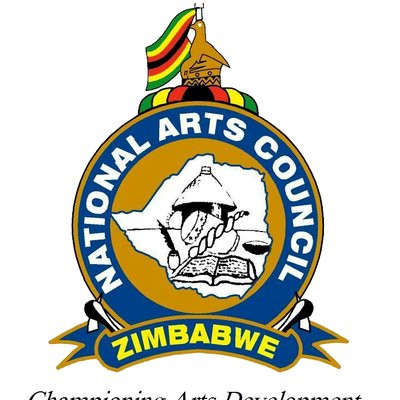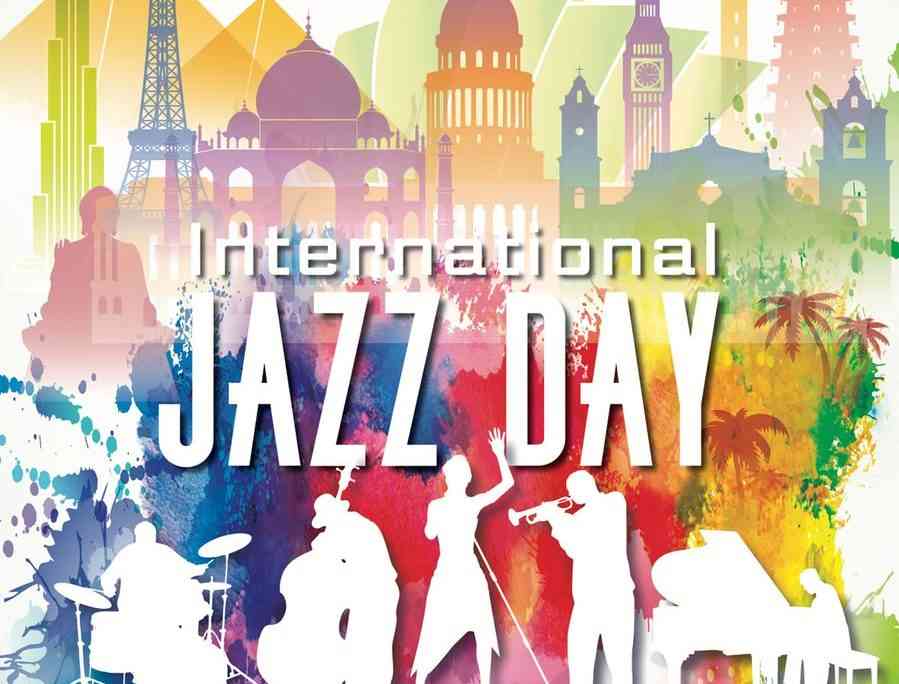
The music genre that we have come to know as jazz was created by former slaves in America around 1900. The style came to being through blending African music traditions and European influences.
Its African pedigree is evident in the use of blue notes, improvisation, polyrhythm, syncopation, the swung note as well as the call and response pattern.
The American sound of today has developed through absorbing a variety of trends and influences. It is characterised by a strong, flexible rhythmic understructure that features solo and ensemble improvisations. The genre also incorporates complex chord patterns and progressions as well as highly sophisticated harmonic sounds.
American jazz has over the years evolved with new innovations; creating a variety of sub-genres. These include bebop, bop, Dixieland, modern jazz (neo-jazz), swing, smooth jazz, soul jazz, jazz rock and jazz rap.
Some of the notable proponents and innovators of jazz in America include Louis Armstrong, Miles Davis, Duke Ellington, John Coltrane, Dave Brubeck, Wynton Marsalis, Grover Washington Jr and David Sanborn.
There have long been debates in the jazz community over the definition, comparisons and the boundaries of jazz. Although alteration or transformation of jazz by new influences has often been initially criticised, jazz is dynamic in that it transforms by absorbing influences from diverse musical styles.
What we now know as Afro-jazz is the African interpretation of the American expression. This was created by African jazz innovators when American jazz was introduced to the continent with the invention of the gramophone and radio.
African jazz pioneers and musicians further blended the authentic ethnic music traditions and influences of their heritage to produce a new sub-genre; Afro-jazz.
- Chamisa under fire over US$120K donation
- Mavhunga puts DeMbare into Chibuku quarterfinals
- Pension funds bet on Cabora Bassa oilfields
- Councils defy govt fire tender directive
Keep Reading
This style borrows heavily on traditional African music which is largely functional. It is mainly for work, ritual or for preserving the memory of legends and folklore.
The structure of African music and by extension Afro-jazz is based on a single-line melody whose texture reflects African speech patterns. The idiomatic expression and sound varies from one society to another as a result of different experiences and type of the traditional musical instruments.
The sounds of the mbira, jembe drum, kora, flute and the penny whistle amongst other traditional instruments have all been blended with Western musical instruments such as the piano, the electric guitar and the saxophone to create the unique sound of Afro-jazz.
Other influences on African jazz are the traditional music genres that also vary from place to place. Jazz by Hugh Masekela has strong mbaqanga and maskaandi influences of his South African heritage while Louis Mhlanga draws heavily on the Zimbabwean mbira style.











